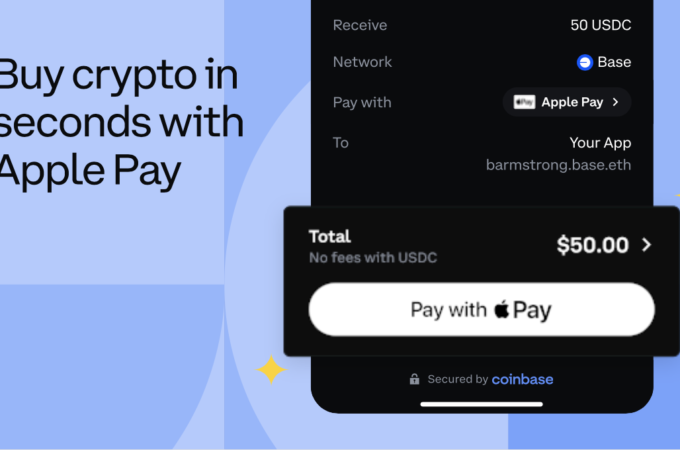
WePay And The Evolution Of Payments
By PYMNTS
It was not a terribly long time ago that many very familiar companies were understood and defined, well, very familiarly, WePay Co-Founder Rich Aberman told Karen Webster in a recent conversation. Apple was a hardware company, Microsoft was a productivity software platform, Amazon was an eCommerce retailer selling books and Google was a search platform.
Today, of course, all of these firms are still doing all these things — Apple still sells iPhones, and Google is the official mechanism for answering most of humanity’s questions — but in the past decade, these firms have evolved well beyond those starting points.
“Now all these companies are competing with each other head on — and the reason for that is commerce, and the ‘pipes’ of commerce is payments. It’s amazing to see how all of this is converging,” Aberman noted.
It is also amazing to see how these massive players’ entrance into eCommerce is changing the face of payments development and innovation, he said, because what they’re doing is well beyond the traditional stomping grounds of operationally focused, pure payments players.
Take Netflix, for example, with an expertise in running a very well-developed and highly robust operational payments function. Not simple by any stretch of the imagination, Aberman said, but Netflix is traditional in that its core interests are — conversion rates, authentication rates, least cost routing — all of the things one would expect the concerns of a large multinational corporation operating a global business online to be and the payments capabilities it can offer to its subscribers.
“But that’s very different from what you’re seeing from big tech these days. They do have operational payments capabilities — teams that work on the pure retail payments side and pursue least cost routing and competitive acquirer deals,” Aberman said, further explaining that it doesn’t stop there. “These players now enable broad commerce functions … too.”
Commerce functions that look very different from retail merchants selling a service or a product to a consumer or business, and one that is instead providing a connective layer between third parties, buyers and sellers that makes transacting possible.
Those layers, Aberman noted, can be seen everywhere. Amazon is a giant marketplace that also owns Twitch, which operates a marketplace infrastructure that connects content providers with subscribers. Microsoft, the software productivity player, also runs the Xbox marketplace, which offers services like travel booking and invoicing.
Layers, third parties, buyers and sellers are all transacting on top of a platform that has to enable payments and manage risk among all of those parties.
The Existential Question
The problem with watching these really big players begin to dip their toes into the platform commerce pool, Aberman said, is that it is unclear what is going to happen next. As big tech innovation is increasingly building out payments capacity — and getting better at the highly operational dimensions of payments, such as anti-money laundering and Know Your Customer (KYC) — to support their internal needs, there’s always a chance they might decide they’d like to leverage those payments capabilities and begin to provide those services externally to the marketplace at large.
It’s something, Aberman said, that we’ve seen them do before.
“[Offering payments capabilities] could be very comparable to what happened in web services,” Aberman said. “Ten years ago, Amazon and Google had to build massive data center and server farms to support their core businesses — and at some point, they become so sophisticated at doing that, they began selling hosting as a service. And now they dominate as cloud hosting providers.”
Or not.
“These companies have nice high margin core businesses and are focused primarily on their proprietary commerce initiatives,” Aberman said. “Becoming a payments business is a pretty big step, including into the world of risk and fraud management [i.e. those anti-money laundering and KYC capabilities mentioned above], which many enterprises may decide they just don’t want to do.”
Meeting Needs Where They Are
Aberman joked that for a firm like WePay, it would be great if everyone just stuck to their knitting, leaving the high-margin business of commerce to the tech giants and the critically important job of enabling it among all of those platform stakeholders to firms whose knitting it is to manage the complexity of payments that powers those commerce experiences.
Managing that complexity, Aberman said, is to make it as easy as possible for payments to happen seamlessly among all B2B2C parties that transact across that platform — the buyers and the sellers — in a way that neither side of the transaction has to think too much about it. For WePay, he said, that means finding and incorporating the payment methods and services their partners need — so that the firm is just there for them to use without forcing them to learn a lot about payments or deal with new integrations and new relationships with providers in the process.
“If you’re a graphic artist or a plumber, you should be using merchant vertical-specific software to grow and manage your business. You want a turnkey solution that includes integrated payments,” Aberman said.
Payments, he noted, is not getting simpler. As commerce expands across channels and touchpoints are ever-proliferating, keeping payments as a useful tool — instead of a transaction-killing dead weight — will become an increasingly challenging area to manage.
“There are a lot of choices and a lot of questions to go down in the weeds as platforms enabling commerce proliferate,” Aberman explained. “Our goal is to keep our customers away from the weeds so that they can focus on making their own commerce ambitions bloom.”





